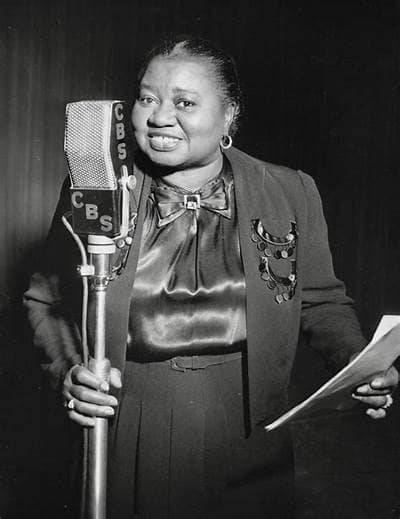The Beulah Show (1952)
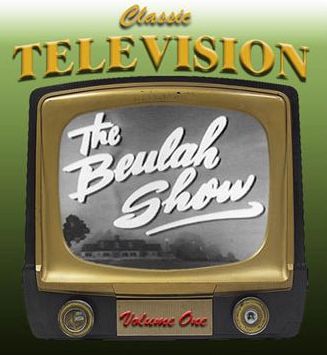
Beulah is an American situation comedy series that ran on CBS Radio from 1945 to 1954, and on ABC Television from 1950 to 1952. The show is notable for being the first sitcom to star an African-American actress. The show was controversial for its caricatures of African Americans.
Ethel Waters starred as Beulah for the first year of the TV series before quitting in 1951.[3] When production moved to Hollywood, Hattie McDaniel, star of radio’s Beulah, was cast in the title role in the Summer of 1951, but only filmed six shows before falling ill. She was quickly replaced by Louise Beavers in later 1951. The McDaniel episodes were shelved pending an improvement of her health, and so the second season began in April 1952 starting with the Beavers episodes. The six McDaniel episodes were tagged onto the end of the second season, starting July 1952 and running until August 1952. It was around this time that McDaniel learned that she had advanced breast cancer. Beavers returned to the role of Beulah for the first part of the third Beulah season, which aired from September to December 1952.
Butterfly McQueen (McDaniel’s fellow cast member from Gone With the Wind, where they had also played servant roles) starred as Oriole for the first season. Ruby Dandridge (Dorothy’s mother), Mrs. Kelso in Cabin in the Sky, and the voice of Oriole on the radio version of Beulah replaced McQueen when the entire television cast was overhauled upon the arrival of Hattie McDaniel. Percy “Bud” Harris originally portrayed Bill, but he walked out on the part during the first season, accusing the producers of forcing him to portray an “Uncle Tom” character. He was succeeded in the role by Casablanca pianist Dooley Wilson until Ernest Whitman followed radio co-stars McDaniel and Dandridge to TV in April 1952. The show was directed at various times by future sitcom veterans such as Richard L. Bare and Abby Berlin.
Like the contemporaneous television program Amos ‘n’ Andy, Beulah came under attack from many critics, including the NAACP, which accused the show of supporting stereotypical depictions of black characters with Beulah viewed as a stereotypical “mammy” similar to Aunt Jemima. – Wikipedia
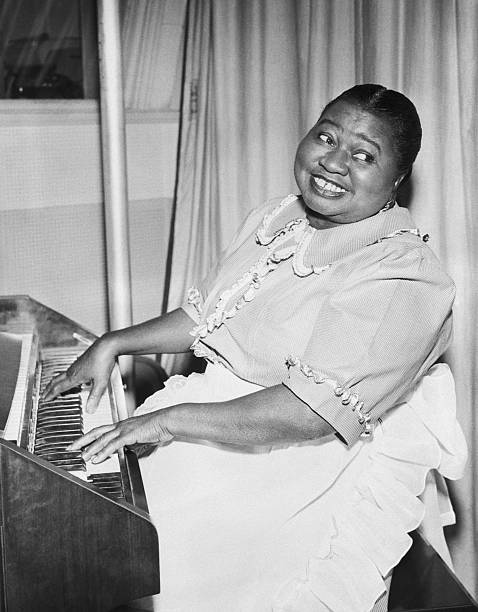
Hattie McDonald, is shown playing a tune on the piano in her portrayal of the title role in “Beulah,” a radio program. (Photo by CBS via Getty Images)
The Beulah TV Show from 1952, “Donnie and the Dogs” starring Hattie McDaniel, Season 2, Ep18
The Beulah Show, The Great Cake, S2, EP21, Aired 19th Aug 1952

“Beulah is an American situation comedy series that ran on CBS Radio from 1945 to 1954, and on ABC Television from 1950 to 1952. The show is notable for being the first sitcom to star an African-American actress. The show was controversial for its caricatures of African Americans. Ethel Waters starred as Beulah for the first year of the TV series before quitting in 1951.

When production moved to Hollywood, Hattie McDaniel, star of radio’s Beulah, was cast in the title role in the Summer of 1951, but only filmed six shows before falling ill. She was quickly replaced by Louise Beavers in later 1951. The McDaniel episodes were shelved pending an improvement of her health, and so the second season began in April 1952 starting with the Beavers episodes.
The six McDaniel episodes were tagged onto the end of the second season, starting July 1952 and running until August 1952. It was around this time that McDaniel learned that she had advanced breast cancer.
Beavers returned to the role of Beulah for the first part of the third Beulah season, which aired from September to December 1952. Butterfly McQueen (McDaniel’s fellow cast member from Gone With the Wind, where they had also played servant roles) starred as Oriole for the first season. Ruby Dandridge (Dorothy’s mother), Mrs. Kelso in Cabin in the Sky and the voice of Oriole on the radio version of Beulah replaced McQueen when the entire television cast was overhauled upon the arrival of Hattie McDaniel. Percy “Bud” Harris originally portrayed Bill, but he walked out on the part during the first season, accusing the producers of forcing him to portray an “Uncle Tom” character. He was succeeded in the role by Casablanca pianist Dooley Wilson until Ernest Whitman followed radio co-stars McDaniel and Dandridge to TV in April 1952. The show was directed at various times by future sitcom veterans such as Richard L. Bare and Abby Berlin. Like the contemporaneous television program Amos ‘n’ Andy,
Beulah came under attack from many critics, including the NAACP, which accused the show of supporting stereotypical depictions of Black characters with Beulah viewed as a stereotypical “mammy” similar to Aunt Jemima.” – reelblack.com
*~*
When Walter Met Hattie
July 3, 2015
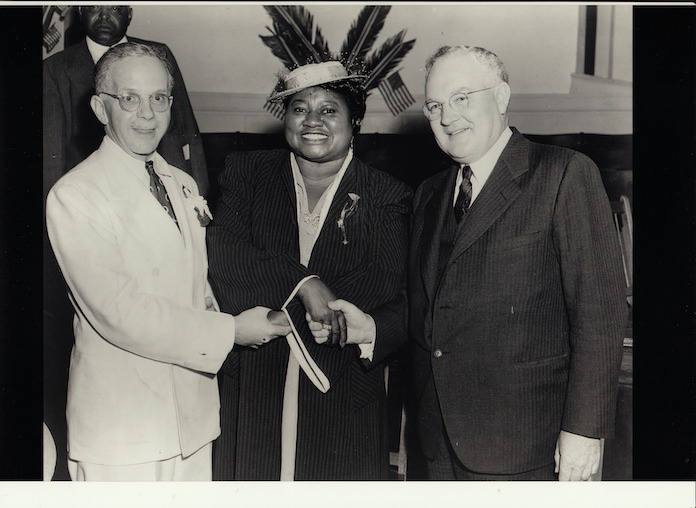
Walter Frances White, Hattie McDaniel, and L.A.’s Mayor Bowron (right)
Walter Frances White and Hattie McDaniel (left, center) met only once, but they spent years obsessed with one another.
They shook hands briefly during the summer of ’42, when the National Association for the Advancement of Colored People, which Walter headed, held its annual convention in Los Angeles. The Academy Award-winning actress also attended. I have to imagine that they got corralled into the picture by L.A.’s Mayor Bowron (right) because by then Hattie and Walter were on each other’s #*%@ list.
A couple of years ago, I made the trek cross country to the Beinecke Library at Yale to learn more about Walter, whose papers are there. White was light-skinned with blond hair and blue eyes, yet his family had black and white roots. (An ancestor was President Harrison, who before he became Commander-in-Chief, fathered children with one of his slaves.) Gutsy, Walter went undercover to investigate lynchings; arranged legal defense for the Scottsboro boys; and leveraged the might of the NAACP to advance black rights on multiple fronts, setting the stage for the Civil Rights Movement.
Though it started in 1909, the NAACP didn’t gain momentum until 1915, when chapters began to form around the country to protest Birth of a Nation, which depicted black people as dangerous, ignorant brutes who had no business being free. The film glorified and reignited the Ku Klux Klan, which gave rise to Jim Crow, so the NAACP took the depiction of black people in films seriously from the gate. So when McDaniel won the Academy Award for playing Mammy in Gone With the Wind, she popped up on Walter’s radar as the most visible symbol of the kind of stereotypical role he wanted to shut down.
To be fair to Hattie and the black actors who starred in the films of the ’30s and ’40s, neither America nor Hollywood, was particularly enlightened about race. (I’m sure some of you are thinking, and they still aren’t, but stay with me here…) Hattie grew up in poverty and struggled to keep her career afloat during the Depression, which lasted well into the 1930s. She was, as so many were, grateful for steady employment.
I became fascinated by the relationship between Hattie and Walter, in part because of a few lines in one of her biographies, Hattie: The Life of Hattie McDaniel, by Carlton Jackson: “She had a fear of being plunged back into her earlier conditions of indigence… thoughts like these made Hattie feel as thought Walter White was trying to grab the bread right out of her mouth.”
At the Beinecke, researching Walter, I saw a Yale student newspaper, which said something about Dean Kim Goff-Crews. I knew the name: She’s the great-niece of Hattie McDaniel. I emailed her, and she told me to stop by. Her great aunt—through Hattie’s older sister, Etta–had died about a decade before Goff-Crews was born, but family memory of the parties Hattie threw; the way she doted on her nephews; and her legendary generosity lived on.
The more I thought about how their energies became enmeshed, the less surprised I was that when I came looking for Walter, I also found Hattie.
Photo: WinkFlash
*~*
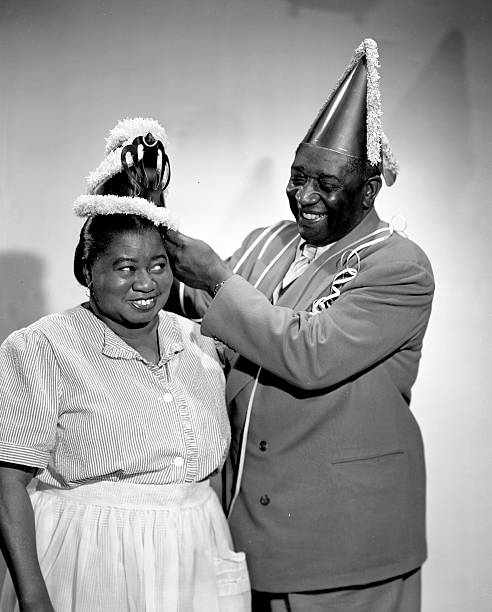
HOLLYWOOD – The Beulah Show, CBS radio program, features Hattie McDaniel (as Beulah, a maid for the Henderson family), Ernie ‘Bubbles’ Whitman (as Beulahs boyfriend, Bill). Here they take time to prepare for (Christmas) (New Years Eve). Hollywood, CA. November 28, 1947. (Photo by CBS via Getty Images)

(Photo by CBS via Getty Images)
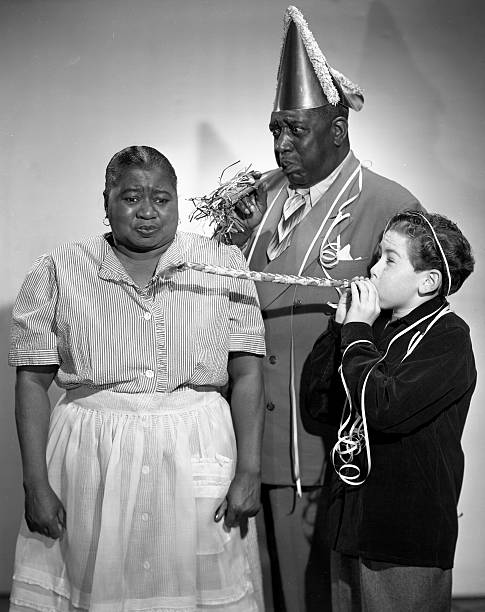
Hattie McDaniel (as Beulah, a maid for the Henderson family), Ernie ‘Bubbles’ Whitman (as Beulah’s boyfriend, Bill), and young Henry Blair (as Donnie, the Hendersons son). Here they take time to prepare for (Christmas) (New Year’s Eve). Hollywood, CA. November 28, 1947. (Photo by CBS via Getty Images)
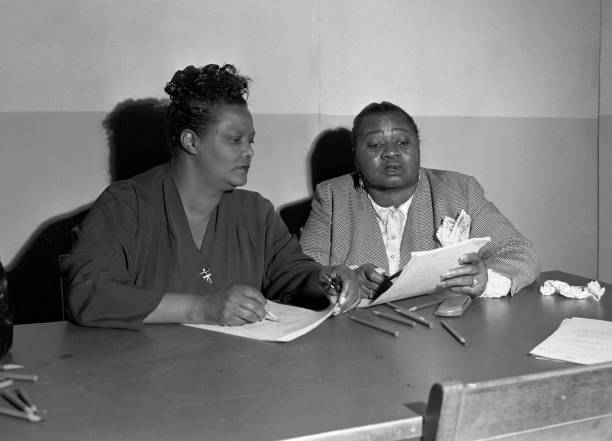
LOS ANGELES – JULY 8: CBS Radio program, The Beulah Show. Pictured (Left to right) Ruby Dandridge, who portrays Oriole, goes over the script with Hattie McDaniel. Hollywood, CA. Image dated July 8, 1949. (Photo by CBS via Getty Images)
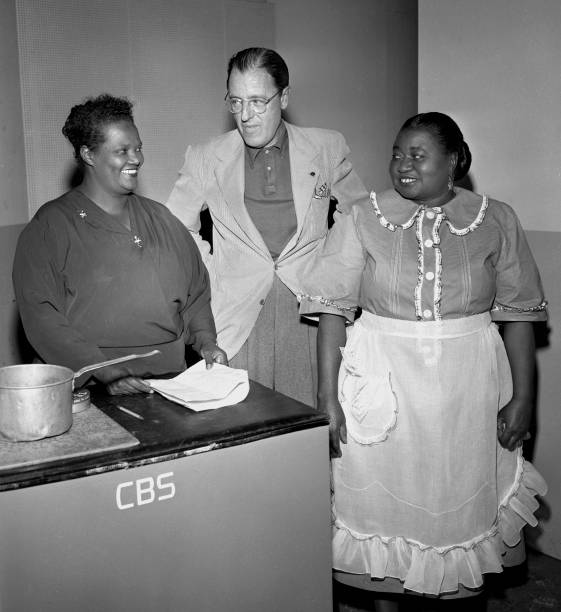
LOS ANGELES – AUGUST 27: The Beulah Show, a CBS Radio situation comedy. August 27, 1948. Hollywood, CA. Pictured from left is Ruby Dandridge (as Oriole Winston) the housekeeper next door, Tom McKnight (producer/director), and Hattie McDaniel (as Beulah). (Photo by CBS via Getty Images)

Hattie McDaniel is Beulah and Ruby Dandridge is Oriole in a clip from The Beulah Show (1952).
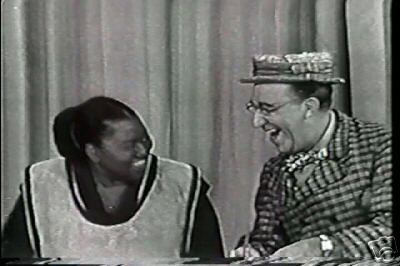
Hattie McDaniel in a rare TV appearance on The Ed Wynn Show. Hattie McDaniel on The Ed Wynn Show ” For better or worse, she was best known at the time for her radio sitcom “Beulah”
(thus becoming the first African-American actress to star in her own radio comedy,
in which she played a Maid who ended up fixing the troubles of her white employers),
and as such plays the character here. Somewhat unexpectedly, she sings a song in this 6-minute appearance.”


